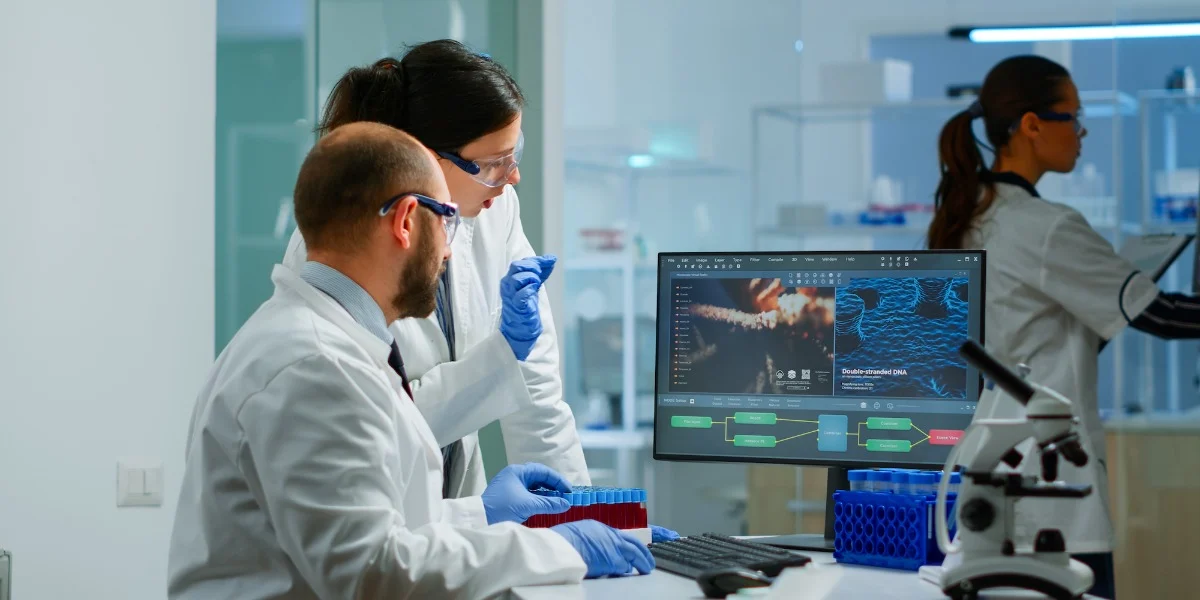Streamlining Healthcare with Automated Prior Authorization

In the ever-evolving landscape of healthcare, the utilization of technology to enhance efficiency and improve patient care has become paramount. One such technological advancement making waves in the industry is the use of automated prior authorization (PA) processes. Automated prior authorization represents a significant leap forward in streamlining the often cumbersome and time-consuming approval procedures that healthcare providers must navigate before delivering certain medical services or prescribing specific medications.
The traditional hurdles of prior authorization:
Historically, the prior authorization process has been a source of frustration for both healthcare providers and patients. This manual process involved submitting extensive paperwork, navigating intricate criteria, and enduring prolonged waiting periods for approval. This not only delayed patient care but also imposed a substantial administrative burden on healthcare staff, diverting their attention from direct patient interactions.
Efficiency and speed in patient care:
Automated prior authorization systems are engineered to tackle these challenges head-on. By leveraging technology, these systems drastically reduce the time required for approval. Electronic submission of requests and automated processing enable healthcare providers to initiate treatments or prescribe medications with greater speed, positively impacting patient outcomes. This newfound efficiency is a game-changer, especially in cases where time-sensitive interventions are critical.
Reduced administrative burden:
The integration of automated prior authorization alleviates the administrative burden placed on healthcare providers. Automation eliminates the need for extensive paperwork and manual data entry, allowing healthcare professionals to redirect their focus to patient care. This not only enhances the overall efficiency of healthcare operations but also contributes to staff satisfaction and reduces the risk of burnout.
Integration with electronic health records (EHRs):
One of the remarkable features of automated prior authorization is its seamless integration with electronic health record (EHR) systems. This integration enables healthcare providers to submit relevant patient information directly, eliminating the need for duplicate data entry. This synergy between automated prior authorization and EHRs not only enhances efficiency but also ensures that the most up-to-date patient information is readily available during the authorization process.
Real-time decision making for timely care:
In critical healthcare scenarios, time is of the essence. Automated prior authorization systems facilitate real-time decision-making, ensuring that approvals are granted promptly. This is particularly crucial in situations where access to specific treatments or medications can significantly impact patient outcomes. The ability to make timely decisions contributes to a more responsive and patient-centric healthcare system.
Cost savings for providers and payers:
Beyond improving efficiency, automated prior authorization contributes to cost savings for both healthcare providers and payers. The streamlined processes, reduced administrative overhead, and avoidance of unnecessary delays collectively contribute to a more cost-effective system. This financial efficiency allows healthcare organizations to allocate resources more strategically, ultimately benefiting both providers and the patients they serve.
Compliance and auditing:
In an era of stringent regulatory requirements, automated prior authorization systems play a vital role in ensuring compliance. These systems are designed to adhere to regulatory standards, providing a digital trail that can be invaluable during audits. The transparent and traceable nature of automated processes contributes to a culture of accountability and compliance within healthcare organizations.
As the healthcare industry continues to embrace technological innovations, the adoption of automated prior authorization stands out as a transformative force. This streamlined approach not only accelerates the approval process but also enhances accuracy, reduces administrative burdens, and fosters a more patient-centric healthcare ecosystem. The integration of technology in prior authorization is a testament to the industry's commitment to improving efficiency, reducing costs, and ultimately delivering better care to those who need it most. As we move forward, the continued evolution and refinement of automated prior authorization processes will undoubtedly play a pivotal role in shaping the future of healthcare delivery.






